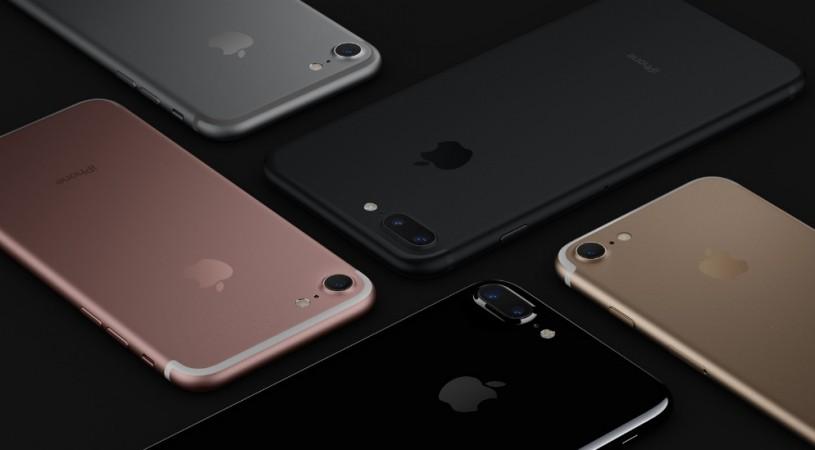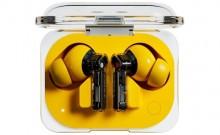A few technology companies have stepped up to help victims of hurricanes Mari and Irma in Puerto Rico by making exceptions to ensure that communication infrastructure is restored and disruptions rectified. Apple has now announced that it has enabled LTE band 8 to iPhone users in the hurricane-affected regions to help the public access the internet.
LTE Band 8 has much higher range than lower frequency bands, which means it will help handsets reach cell towers. It has been approved but yet to get licensed in Puerto Rico and the US, thus not activated. Now, Apple has enabled this feature on iPhones, so more iPhone users can have access to internet beamed from Alphabet X's Project Loon that was launched a couple of days ago.
Also read: Google helps Hurricane Maria-affected Puerto Rico with its Project Loon
"We are working with AT&T to activate cellular service for iPhone users in Puerto Rico as the island recovers from Hurricane Maria. Apple engineers have created a special carrier settings update which users connected to Wi-Fi or who are connected to a cellular network will automatically be prompted to download throughout the week," said Apple in a statement obtained by TechCrunch.
"The update allows iPhone customers with iPhone 5c and later models running iOS 10 or higher, to connect to a provisional band on the AT&T network so they can be in touch with loved ones and get services in this time of need."

To enable LTE band 8 on your phone, go to Setting >> About phone and install the file.
Google had earlier announced its collaboration with AT&T to provide emergency internet service to the hardest hit parts of the island through its Project Loon. It said in a statement that "Project Loon team has been working with the Government of Puerto Rico, the FCC, the FAA, FEMA, spectrum partners and international aviation authorities to bring balloon powered internet to the island."
The Federal Communications Commission (FCC) has said that 83 percent of the cell sites in the hurricane-affected regions have been disrupted.

















